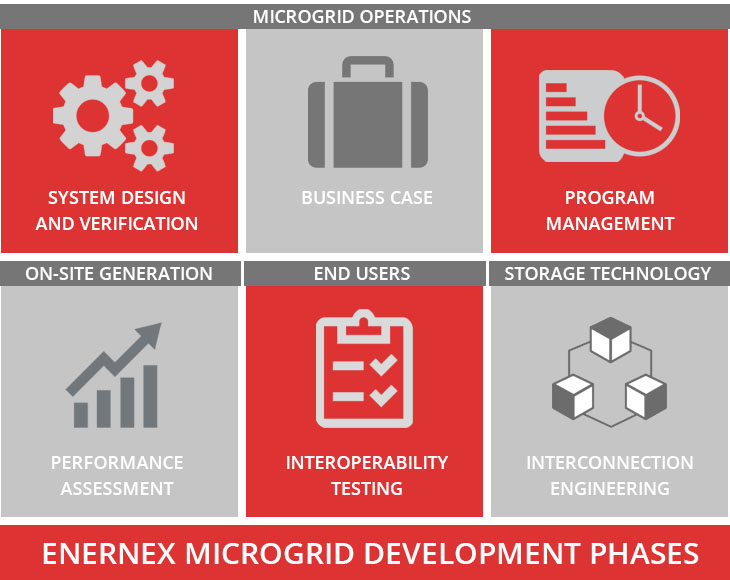The basic idea of FLISR is to quickly identify the location of a fault and then isolate the faulted area as tightly as possible
Rick Wornat, Aaron Snyder | Jan 11, 2019
Published in T&D World
As a means to improve distribution system reliability, FLISR (fault location, isolation, and service restoration) is a potentially powerful capability being implemented by many utilities. In a 2014 Department of Energy study of five utilities with FLISR capability in place, FLISR was found to reduce the number of customers interrupted (CI) by up to 45%, and the customer minutes of interruption (CMI) by up to 51% for an outage event. The basic idea of FLISR is to quickly identify the location of a fault and then isolate the faulted area as tightly as possible such that the impact of the power outage associated with the fault (both in terms of the duration and the numbers of customers, or load, affected) is minimized. Of course, this is the goal of distribution operators everywhere. But FLISR implies the use of system intelligence, remote control devices, and communications networks to achieve this goal in a more optimal way than would otherwise be achievable.
FLISR is referred to as a “self-healing” grid capability. And, although, not fully self-healing, the goal is to help ensure a more optimal grid configuration under sub-optimal operating conditions. As such, it requires an accurate model of the grid, accurate information about grid operating conditions, some level of remotely operated switching capability, and optimizing algorithms to make the best of an imperfect situation.



